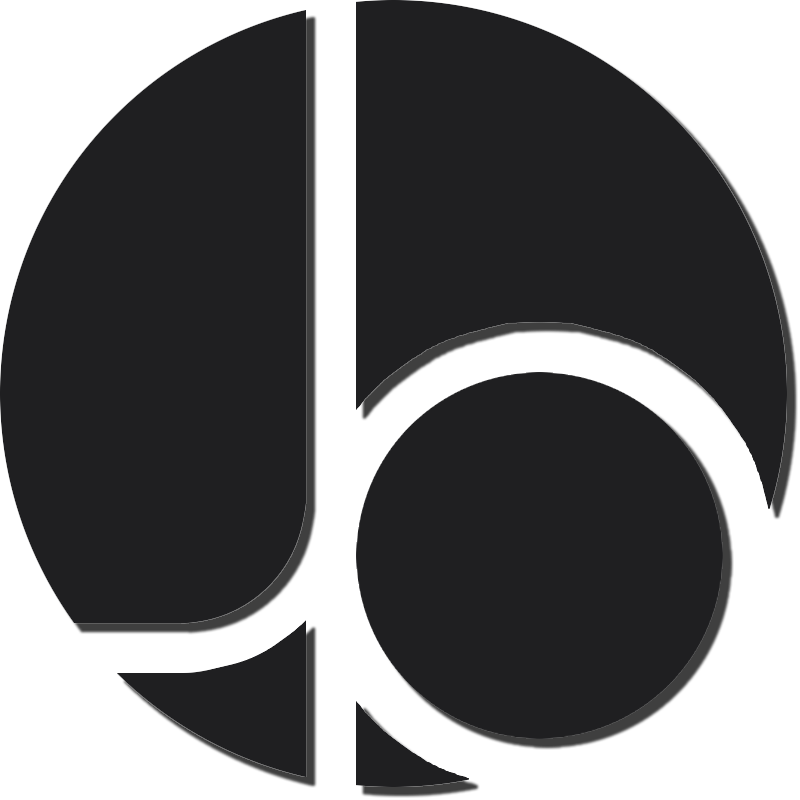Oomami | Product and UX Design
The app that started at a food truck and ended up into a launched product. Who would've thought?
Oomami is the app you use when you don't trust a bunch of strangers to tell you where to eat. And if you like to take pictures of your food but don't want to let everyone on your instagram feed know it.
The Process:
With this particular product we compared existing products that the team used and compared notes (literally on post its) on what features we loved from each app. We also conducted studies of existing products within the same space, food. We investigated particular niches in that very same market that were not being filled or addressed and added that to our pile of notes about what would later become our product design strategy.
With all of that data compiled we took our first stab at developing the feature set that the app would eventually become. It still was in line with the initial vision but we ultimately figured out what problem our app was trying to solve:
"What do you want to eat?"
Relatively simple but we used this core problem to develop each feature, as every new system needed to address that problem one way or another.

All Hail the Spork.
The spork came about from several iterations of what we wanted to identify the app as, the kind of personality that the brand would be. We wanted the brand to be fun, whimsical, but still be clear and to the point about what you were getting.
The spork, the childhood utensil pretty much anyone that went to public school has experienced, seemed perfect as it was at once nostalgic, iconic, and seemed to fit us perfectly. It was a combination of two things that ultimately was fun and useful. Exactly what we wanted our brand to be.

Product Design
What began on napkins became a full mapping document for the first MVP iteration of the app. From the flow and product design documents we developed lo-fi mockups of the crucial screens as a rough guide for what items needed to be in place to the engineers.
Process:
Throughout development we always began with a simple whiteboard discussion regarding new features that we were looking to integrate into the app. Those designs would then be taken into detail by producing our product specifications which outlined every small bit of minutia from fonts to button placement and linking.
This is where we would begin our engineering sprints in order to build the proper end-points and API calls needed for the app to function in the back end. Once those were established we moved into the front end.
These specifications would then be drawn up into our balsamiq diagrams for the front-end engineer to rough out. Simultaneously as the MVP of each screen was developed, we would develop the hi-fi mockups in photoshop/illustrator and develop prototypes that made it easier to polish the completed builds. No major bugs withstanding this process allowed us all to be continuing to work on the product at all times, as the front end and back end engineers were completing their previous cycle another feature or improvement would already be in the pipeline.
Next came the branding.

Branding Development
An abstract approach was the first intent, rolling off of simple shapes that implied connections to dishes. Next followed a series of studies regarding location glyphs, something important in the end build of the app. Finally the last and final concept settled on the concept of the greatest utility eating utensil, the Spork. Oomami would be the only app you need for finding food, it'd be your fork AND spoon.

Design Standards
This project required me to manage teammates in different timezones, including the east coast and internationally. Design guidelines were established for various parts of our branding and marketing materials so that our style would be consistent throughout.
When in doubt, write guidelines.

Light or Dark UI?

Design Flow
I <3 sketches. And whiteboards. So the design of the project progressed as such, beginning on errant pieces of trace or grid paper, coffee stained and imperfect. The design is then discussed and polished into a lo-fi document via balsamiq. As needed, demo animation videos are generated until everyone is happy with how it moves and then it's pushed to final product.
And thus an app is born.

Project Management
Can't just design and leave it alone. Using Jira, I led sprint planning team meetings with both Product and Engineering to figure out what the next features and builds would become, monitoring progress and providing assets and support as needed.
